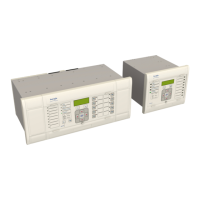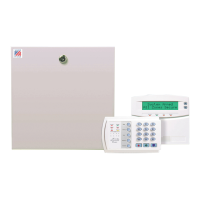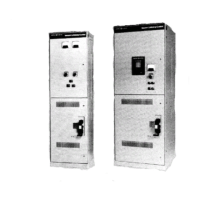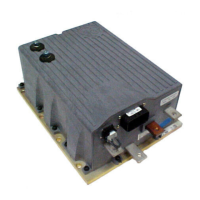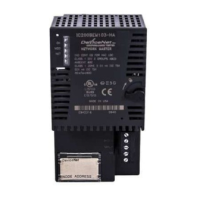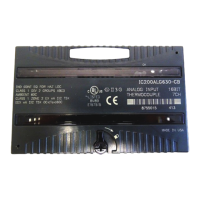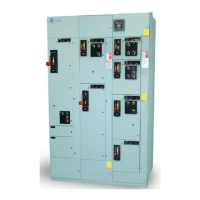4 MEASUREMENTS
4.1 MEASURED QUANTITIES
The device measures directly and calculates a number of system quantities, which are updated every second. You
can view these values in the relevant MEASUREMENT columns or with the Measurement Viewer in the settings
application software. Depending on the model, the device may measure and display some or more of the following
quantities:
● Measured and calculated analogue current and voltage values
● Power and energy quantities
● Peak, fixed and rolling demand values
● Frequency measurements
● Thermal measurements
● Teleprotection channel measurements
4.2
MEASUREMENT SETUP
You can define the way measurements are set up and displayed using the MEASURE'T SETUP column and the
measurements are shown in the relevant MEASUREMENTS tables.
4.3
FAULT LOCATOR
Some models provide fault location functionality. It is possible to identify the fault location by measuring the fault
voltage and current magnitude and phases and presenting this information to a Fault Locator function. The fault
locator is triggered whenever a fault record is generated, and the subsequent fault location data is included as
part of the fault record. This information is also displayed in the Fault Location cell in the VIEW RECORDS column.
This cell will display the fault location in metres, miles ohms or percentage, depending on the chosen units in the
Fault Location cell of the MEASURE'T SETUP column.
The Fault Locator uses pre-fault and post-fault analogue input signals to calculate the fault location. The result is
included it in the fault record. The pre-fault and post-fault voltages are also presented in the fault record.
When applied to parallel circuits, mutual flux coupling can alter the impedance seen by the fault locator. The
coupling contains positive, negative and zero sequence components. In practise the positive and negative
sequence coupling is insignificant. The effect on the fault locator of the zero sequence mutual coupling can be
eliminated using the mutual compensation feature provided.
4.4
OPTO-INPUT TIME STAMPING
Each opto-input sample is time stamped within a tolerance of +/- 1 ms with respect to the Real Time Clock. These
time stamps are used for the opto event logs and for the disturbance recording. The device needs to be
synchronised accurately to an external clock source such as an IRIG-B signal or a master clock signal provided in
the relevant data protocol.
For both the filtered and unfiltered opto-inputs, the time stamp of an opto-input change event is the sampling time
at which the change of state occurred. If multiple opto-inputs change state at the same sampling interval, these
state changes are reported as a single event.
P543i/P545i Chapter 17 - Monitoring and Control
P54x1i-TM-EN-1 435
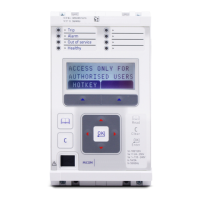
